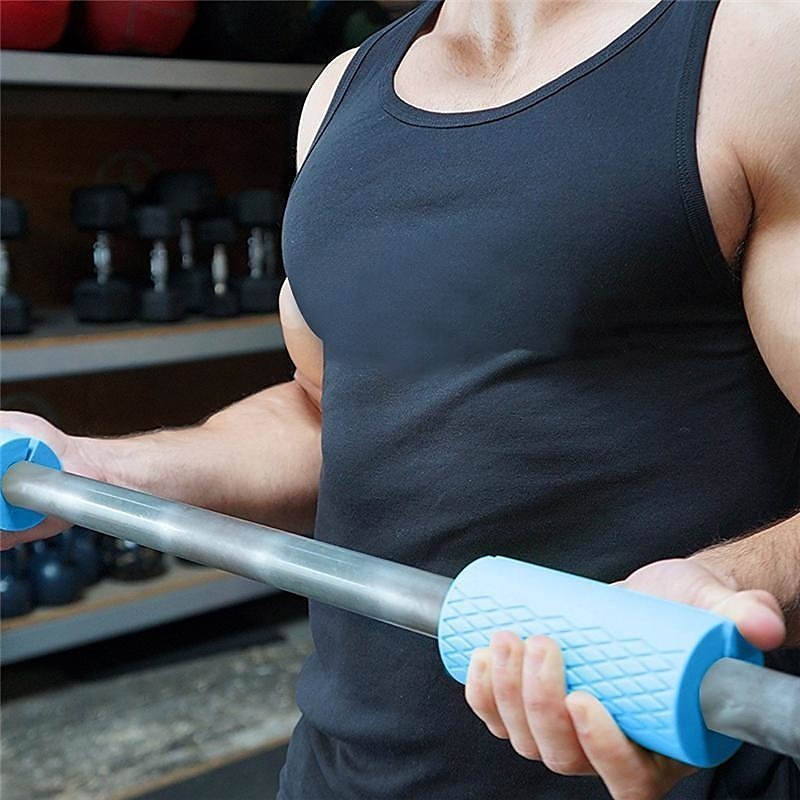
Dumbbells are a popular piece of equipment used in strength training exercises. They come in different weights and sizes, making them versatile and useful for various workouts. One essential aspect of using dumbbells is knowing how to grip them properly. This article will guide you on how to grip dumbbells effectively, ensuring maximum benefit from your workout routine.
Choose the Right Dumbbell
The first step in gripping a dumbbell is selecting the appropriate weight for your fitness level. You don't want to choose a weight that is too heavy or too light. A dumbbell that is too heavy will put unnecessary strain on your muscles, while a dumbbell that is too light won't provide enough resistance to challenge your muscles. Choose a weight that allows you to complete 8-12 reps while maintaining proper form.
Use an Overhand Grip

When gripping a dumbbell, use an overhand grip. This means that your palms should be facing down towards the ground, and your fingers should be wrapped around the handle. This grip provides better stability and control, especially when performing exercises that require a lot of movement.
Keep Your Wrists Straight

It's crucial to keep your wrists straight when gripping dumbbells. This prevents unnecessary strain on your wrists and forearms, reducing the risk of injury. If your wrists are bent, it will cause discomfort and reduce your grip strength, making it challenging to perform exercises correctly.
Don't Squeeze Too Hard

While it's essential to grip the dumbbell firmly, don't squeeze too hard. Over-gripping can cause tension in your forearms, and your muscles will fatigue faster. A relaxed grip is ideal, providing better control and reducing the risk of injury.
Avoid Gripping With Your Fingers
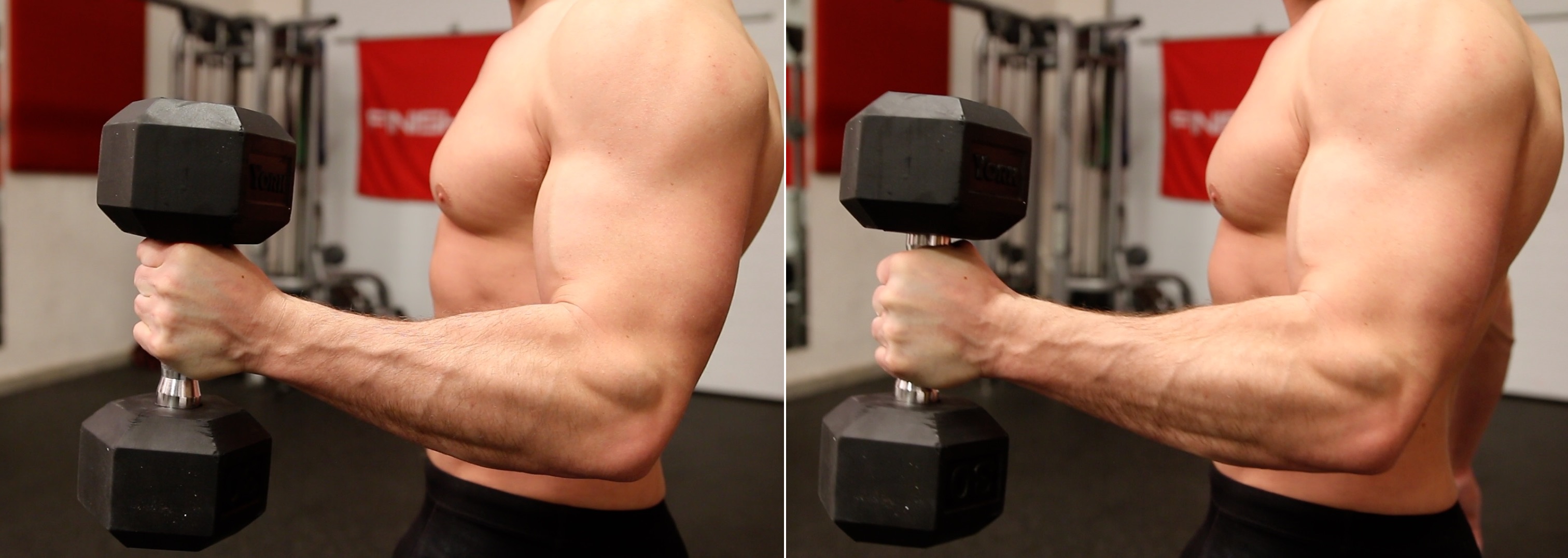
Avoid gripping the dumbbell with your fingers as this will cause the weight to shift and move around. Instead, use your palms to hold the dumbbell. This ensures that the weight is evenly distributed, providing better stability and control during exercises.
Keep Your Shoulders Down
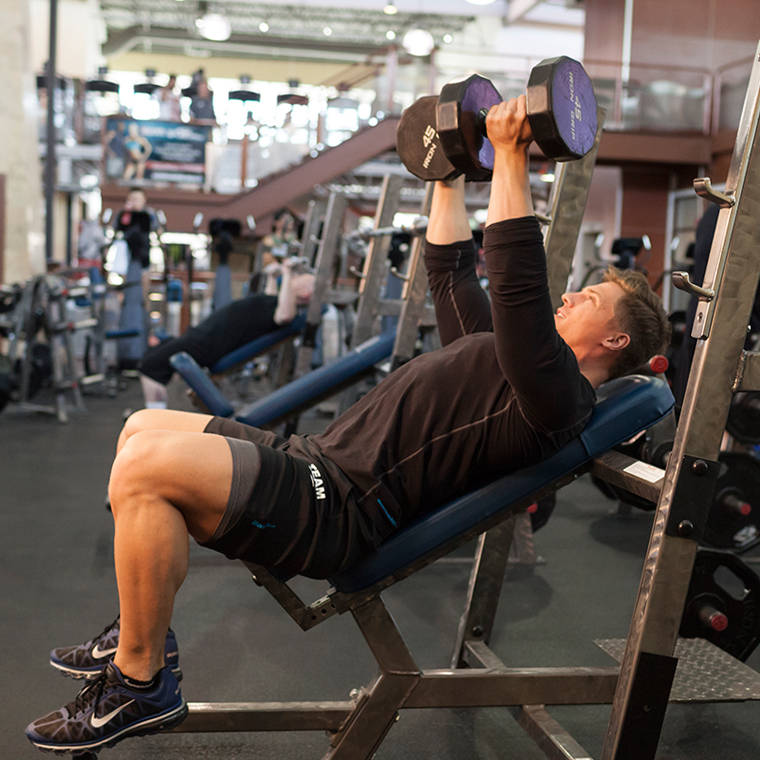
When gripping the dumbbell, it's vital to keep your shoulders down and relaxed. This prevents unnecessary strain on your shoulders and neck, reducing the risk of injury. If your shoulders are tense, it will reduce your range of motion and limit your ability to perform exercises correctly.
Adjust Your Grip for Different Exercises
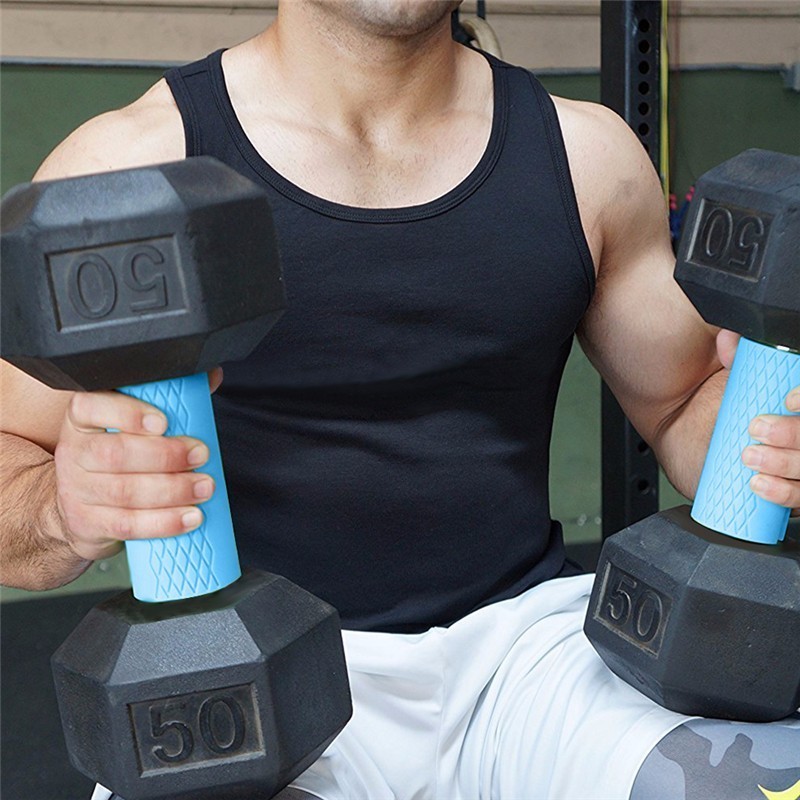
Depending on the exercise, you may need to adjust your grip slightly to ensure proper form and technique. For example, when performing bicep curls, you may want to use a slightly wider grip to target your outer bicep muscles. Experiment with different grip widths to find what works best for you and the exercise you're performing.
Use a Neutral Grip
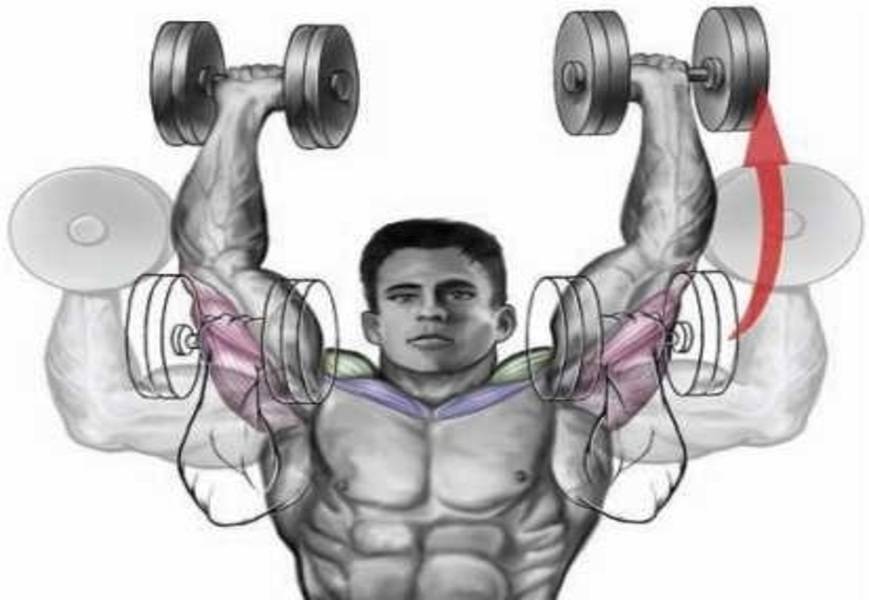
Using a neutral grip is another way to grip dumbbells effectively. A neutral grip means that your palms face each other, and your fingers wrap around the handle. This grip is useful for exercises that target your back muscles, such as rows and pulldowns. It also reduces strain on your wrists and forearms, making it a comfortable grip option.
Don't Let the Dumbbell Rest on Your Fingers
Ensure that the dumbbell rests in the palm of your hand and not on your fingers. This will help to distribute the weight evenly, reducing the strain on your fingers, and allowing you to maintain a better grip on the dumbbell. You'll also be able to perform exercises more comfortably and with better control.
Use Chalk or Gloves for Better Grip

If you find that your hands get sweaty during workouts, it can be challenging to maintain a good grip on the dumbbell. Consider using chalk or gloves to improve your grip. Chalk helps to absorb moisture and provides better traction on the handle. Gloves also provide better grip and reduce tension in your hands and forearms.
Practice Makes Perfect

Finally, remember that practice makes perfect. The more you practice gripping dumbbells, the more comfortable and natural it will feel. Don't be discouraged if it takes a few workouts to get the hang of it. Keep practicing and remember to focus on proper form and technique.
Conclusion
Gripping dumbbells correctly is essential for maximizing the benefits of your strength training exercises. Remember to choose the right weight, use an overhand grip, keep your wrists straight, avoid squeezing too hard, and adjust your grip for different exercises. With practice, you'll be able to grip dumbbells confidently and with ease, improving your overall workout performance.